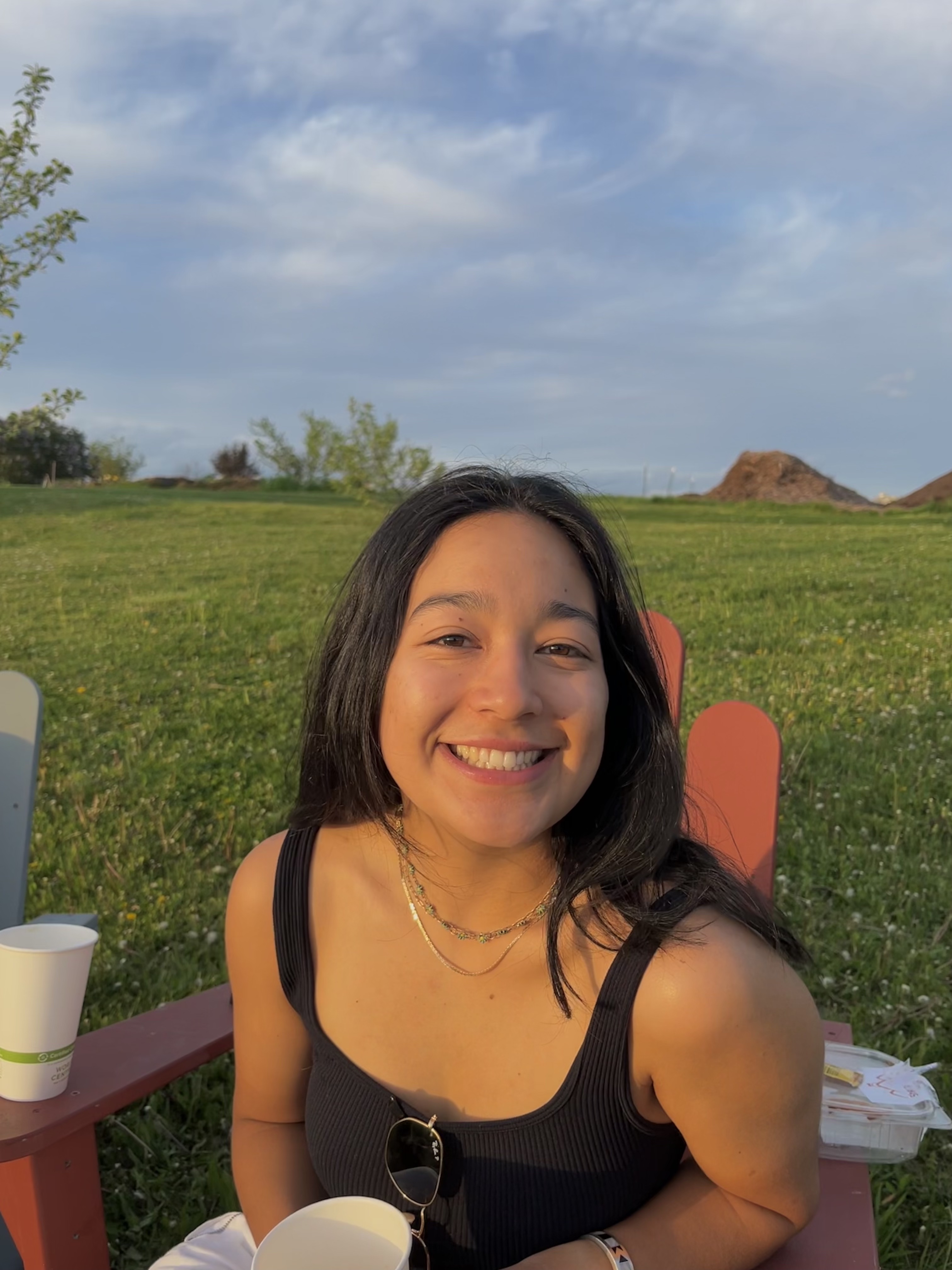Reproducing Chakraborty
Reproducing the Chakraborty COVID-19 Disability Study
Taking the steps to carry out a reproduction study demonstrated the importance of accessible and open data that can be tested for validity. Carrying out a reproduction unconvered many errors, demonstrating the importance of reading studies closely and not accepting them at face value. The reproduction did include deviations; one of the most significant was using SaTScan and SpatialEpi Packages in order to address the issue of marking only the center of identified clusters as high-risk. Other deviations included bivariate tests of correlation, fixing missing data errors, and supplementing the study with maps to visualize correlations. I contributed by adjusting the color ramp of one of the maps, changing the style and layout of a table, and adding a couple of maps showing the age distribution of those with disabilities in order to visualize the potential correlation of older age, disability, and susceptibility to COVID.
In terms of research design, I am curious about how the authors defined PwDs, especially because they wrote that 25% of adult Americans report some sort of disability. This rate seemed high, and made me wonder how the term “disability” may encompass a wide variety of experiences. An improved study might hone in more on specific types of disabilities in order to have a more uniform study group and minimize the possibility of inaccurate correlations. I think the study could also be improved by using more up to date data.
